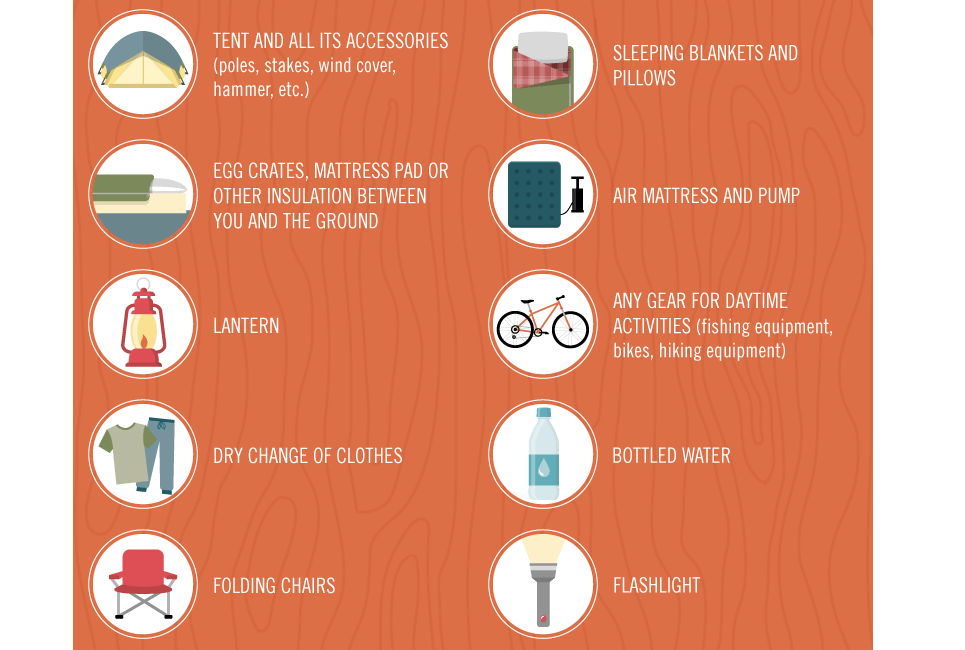Rainfall flies are an important accessory for wall surface outdoors tents. They raise the ability of a tent to safeguard campers from severe climate condition while providing added comfort and toughness.
Routine cleansing of a rain fly maintains mud, mildew, and particles from ruining it. Additionally, making sure the proper stress of a rainfly prevents it from drooping and allowing water to gather underneath.
Climate Resistant Materials
The product utilized in building and construction jobs can affect the durability and resilience of the task. Selecting weather-resistant products helps reduce maintenance expenses and saves sources for future repair work and replacement.
Wood may not be the initial material that enters your mind when discussing weather condition resistance, but it is extremely sturdy when correctly treated with chemicals. Cedar, redwood, and teak wood are examples of normally rot-resistant timbers used to make a range of exterior furniture and frameworks.
High-performance canvas wall surface tents are created to stand up to moisture and keep campers comfy. It is essential to tidy canvas and tents regularly to remove dust, mud, and dirt. It is additionally necessary to rinse any kind of residue from the canvas camping tent prior to saving it away for use. Avoid utilizing bleach, as it ruins the water-resistance treatment and makes the tent a lot more at risk to leakage. Alternatively, a soft brush and a hose pipe can be used to thoroughly scrub the canvas camping tent and wash it off with water until it is totally saturated.
UV Exposure
Unless a tent is made from UV-resistant textile, prolonged direct exposure to sunlight will certainly cause it to weaken. This is true of all fabrics, but it's especially obvious for outdoors tents and canvas structures because of how much they're made use of in exterior settings. UV radiation can cause dyes to break down, resulting in a loss of shade vibrancy.
A rainfly protects wall camping tents from these dangerous UV rays by mirroring them before they can permeate the framework and reach your skin. It's important to choose a rainfly with a UPF rating of 50 or higher to get optimal UV security.
A rainfly likewise aids manage the temperature level inside an outdoor tents relying on the period. A lighter rainfly can maintain outdoors tents from soaking up way too much heat in the summertime, while a much heavier rain fly can assist stop warmth from running away the outdoor camping outdoor tents throughout colder months. In either case, these extra layers of insulation can dramatically extend a tent's lifespan.
Moisture Damage
Canvas tents are fairly resilient and can last 15-30 years with persistent care, but even the most high-performance canvas is not unsusceptible rainstorms. A rain fly or fly sheet adds a layer of security for the roofing system of your canvas camping tent and assists stop wetness damage.
Condensation, mold, and mildew are not only unsightly, but they can additionally damage the architectural stability of your canvas camping tent. Avoiding these issues is easy, but it calls for thorough care and attention to information.
Make it a behavior to examine your camping tent in the morning and get rid of any type of natural condensation, dew, or snow that has built up on the surface. Later, make certain to spread your camping tent out in an open area and use a soft brush to scrub away any kind of mold and mildew that has actually developed. Once you have actually eliminated the affected locations, re-treat the camping tent with a mold and mildew awesome service and rinse it extensively to stop any kind of future invasions.
Wetness Buildup
While regular, condensation can damage products if left uncontrolled. Thankfully, proactive approaches like wiping surfaces and airing out camping tents reduce condensation' influence.
Camping tent fabric, environment problems and usage patterns add to condensation levels. Sailcloth, as an example, withstands water vapor evaporation and often tends to display handmade beads more readily than polyester or nylon alternatives. Comprehending this difference notifies how outdoor tents proprietors take care of condensation.
Owner's exhaled breath and damp clothing and equipment spike moisture levels. An absence of ventilation methods enables dampness to condense when warm interior air fulfills cooler surface area temperatures. This cycle magnifies on humid evenings or when a camping tent is placed in low spots. Checking and wiping outdoor tents surfaces promptly after cooling down encourages dampness to spread prior to damaging textiles or forming mold and mildew. Local air movement, such as guiding a fan toward joints, additional help the process. Identifying the most at risk locations of a tent, like high ridges and corners, assists campers simplify their wetness monitoring routines.
